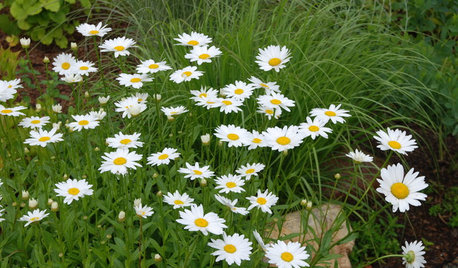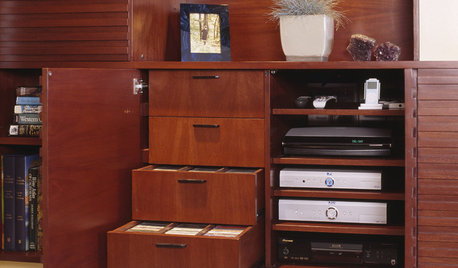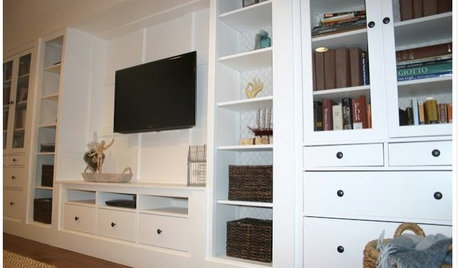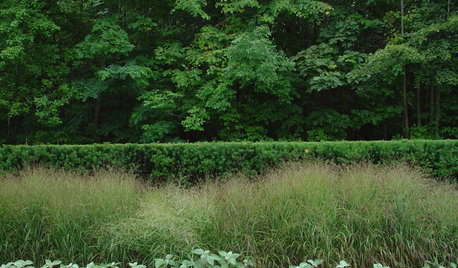best cutting propagation media?
mendocinomaples
19 years ago
Featured Answer
Sort by:Oldest
Comments (58)
nancyofnc
19 years agoCLacy2k
19 years agoRelated Professionals
Canton Landscape Architects & Landscape Designers · Franconia Landscape Architects & Landscape Designers · New Mexico Landscape Architects & Landscape Designers · Harvey Landscape Architects & Landscape Designers · Sahuarita Landscape Architects & Landscape Designers · Milford Landscape Contractors · Desert Hot Springs Landscape Contractors · Hendersonville Landscape Contractors · La Verne Landscape Contractors · Merced Landscape Contractors · Mission Viejo Landscape Contractors · Northport Landscape Contractors · Palatine Landscape Contractors · Wallingford Landscape Contractors · Welby Landscape Contractorshelenh
18 years agoMillie_36
18 years agotoyon
18 years agoTom_w
18 years agowmc1
18 years agogardenpaws_VA
18 years agotinamcg
18 years agokayjones
18 years agotaxonomist
18 years agomemmet
18 years agogardningfool
18 years agotakadi
15 years agomatt2006
15 years agotalker
15 years agofoolishpleasure
13 years agocalistoga_al ca 15 usda 9
13 years agojolj
13 years agomadrone
13 years agocarino2010
13 years agosimcan
13 years agojbclem
13 years agofoolishpleasure
13 years agopippi21
13 years agohummersteve
12 years agofour (9B near 9A)
10 years agohummersteve
8 years agofour (9B near 9A)
8 years agolast modified: 8 years agojbclem
8 years agotete_a_tete
8 years agofour (9B near 9A)
8 years agolast modified: 8 years agoUser
8 years agoloewenzahn
8 years agocalistoga_al ca 15 usda 9
8 years agotete_a_tete
8 years agojbclem
8 years agolast modified: 8 years agojolj
8 years agoloewenzahn
8 years agolast modified: 8 years agotete_a_tete
8 years agotete_a_tete
8 years agotete_a_tete
8 years agotete_a_tete
8 years agoloewenzahn
8 years agotete_a_tete
8 years agotapla (mid-Michigan, USDA z5b-6a)
8 years agofour (9B near 9A)
8 years agotapla (mid-Michigan, USDA z5b-6a)
8 years agotete_a_tete
8 years agotapla (mid-Michigan, USDA z5b-6a)
8 years agolast modified: 8 years ago
Related Stories

FLOWERSBest Cutting-Garden Beauties for Late Summer
Pick blooms bursting with color or in classic white for bouquets to give away or keep all to yourself
Full Story
BASEMENTSBasement of the Week: Smart Cost Cutting, Beautiful Results
A stylish multipurpose basement for less than half the usual cost? See the budget-saving tricks that helped this underground space
Full Story
MEDIA ROOMS5 Tips to Turn Your Basement into a Media Room
From wiring to gadgets to decor, a designer tips us off to the secrets for media room success
Full Story
DECORATING GUIDESStyle In Stereo: Fine Design for Your Media Center
Conceal your media components in a console with contemporary or vintage flair
Full Story
MEDIA ROOMSGet It Done: Organize the Media Cabinet
Ditch the worn-out VHS tapes, save valuable storage space and find hidden gems with this quick weekend spruce-up
Full Story
MEDIA ROOMSHome Tech: Making a Media Console Work
How to manage your TV and component's wires, ventilation and communication with the remote control
Full Story
DIY PROJECTSHow to Create Your Own Semicustom Media Wall
Don’t let the price of a custom built-in stop you. Put one together with ready-made pieces and a little finish help
Full Story
GARDENING GUIDESGreat Design Plant: Taxus x Media ‘Hicksii’
Need a strong, silent type in your garden? Hicks yew may be your perfect match
Full Story
HOME TECHSave Your Decor — Hide Your Media Stuff
When you tuck boxes, wires and speakers into walls and ceilings, all you'll notice is your favorite shows or music
Full Story
DECORATING GUIDESRoom of the Day: Lighter Look for a Townhouse Great Room
Built-in cabinets consolidate media equipment and collectibles. Beach-cottage-style touches create a relaxing vibe
Full StoryMore Discussions







Soeur